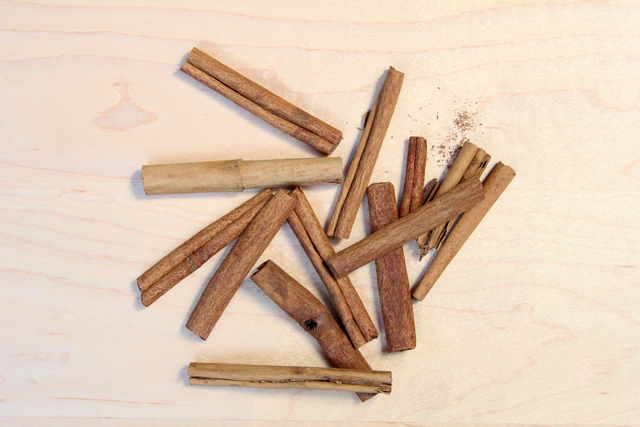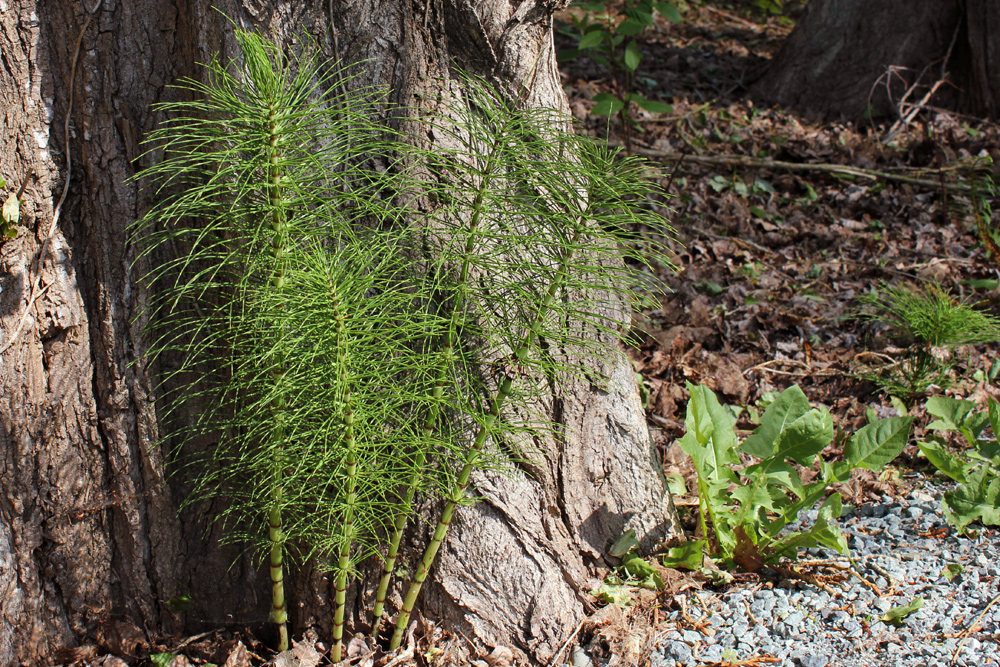Dear Wendy’s Eating College Guy in Everett

Dear Wendy’s Eating College Guy,
Your friends from high school called you “Frodo”, but I think you’re cuter than Elijah Wood and I really like your skinny legs. Your ability to play Ghost with all those fancy guitar loops is super hot. What’s even hotter, is seeing you sing and strum to God on stage. We might be meant for each other, since I just found out your birthday is two days after mine, and you are also the middle of three same sex children.
If it weren’t for your diet, you’d be the perfect guy. Your diet is… unattractive.
Don’t worry. This is a fixable attribute. Since there’s a lot of confusion out there on how to eat a healthy diet, I thought I’d give you hints on what would constitute a super sexy diet. Some foods marketed as “healthy” are far from sexy. It seems as though you need a lot of guidance, so I’ll start with the basics (in no particular order):
1. Eat as much fiber as possible.
If we added up all the fiber in your diet, you’d be lucky if it totaled 5 grams a day. At minimum, you should be getting 5 times this amount (25 grams) in a day. A Wendy’s 6 piece chicken nugget has ONE gram of fiber in it. A Junior Bacon Cheeseburger has two. High fiber foods such as whole grains, vegetables, and fruits are not found on the Wendy’s dollar menu in the quantities your body needs.
2. Eat as many raw vegetables as possible.
If you really want some brownie points, pack a raw kale salad to eat in front of me when we meet for lunch in Otto’s commons. You may be able to trick me into thinking you eat like that all the time.
3. Eat as chemical free as possible.
Those sour patch kids sitting on your desk are full of beastly chemicals, and it’s not one bit cute. Artificial flavoring and food dye and most likely GMO corn syrup. Charming ingredients do not have pesticides, preservatives, food dye, and artificial flavorings. Organic food in your dorm room’s mini fridge would really be a turn on.

4. Eat protein with breakfast.
Strawberry frosted pop tarts are the worst thing you could ever eat for breakfast. You need protein with your morning meal to set your blood sugar for the day. The two grams of protein in one pop-tart is not enough. Eating some protein like nuts, eggs, or beans with breakfast will make for a handsome pancreas.
5. Stop eating late at night.
Ordering a double bacon pizza from Gumby’s at midnight is baaaad, baaad, baaaddd. It is one of the most unbecoming things you could do to your metabolism. Your body was not made to process this kind of garbage late into the night, let alone all the “free” Gumby’s Pokey stix you eat with it. The better way to do things is to stop eating after dinner.
6. Eat as unsweetened as possible.
Don’t buy me roses. Save your money to buy yourself a bottle of stevia. If you really, really, really want a sexy diet, you’ve gotta fall in love with stevia. Stevia trumps sugar, honey, agave syrup, molasses, and coconut sugar. It’s a good thing you don’t like splenda, because it’s not really natural and it might rot your brain. The less sweet things are, the better, unless they are sweetened with stevia. Actually, I’ll just pick up some stevia for you the next time I’m at Wegmans…
…because I think I really like you.



























